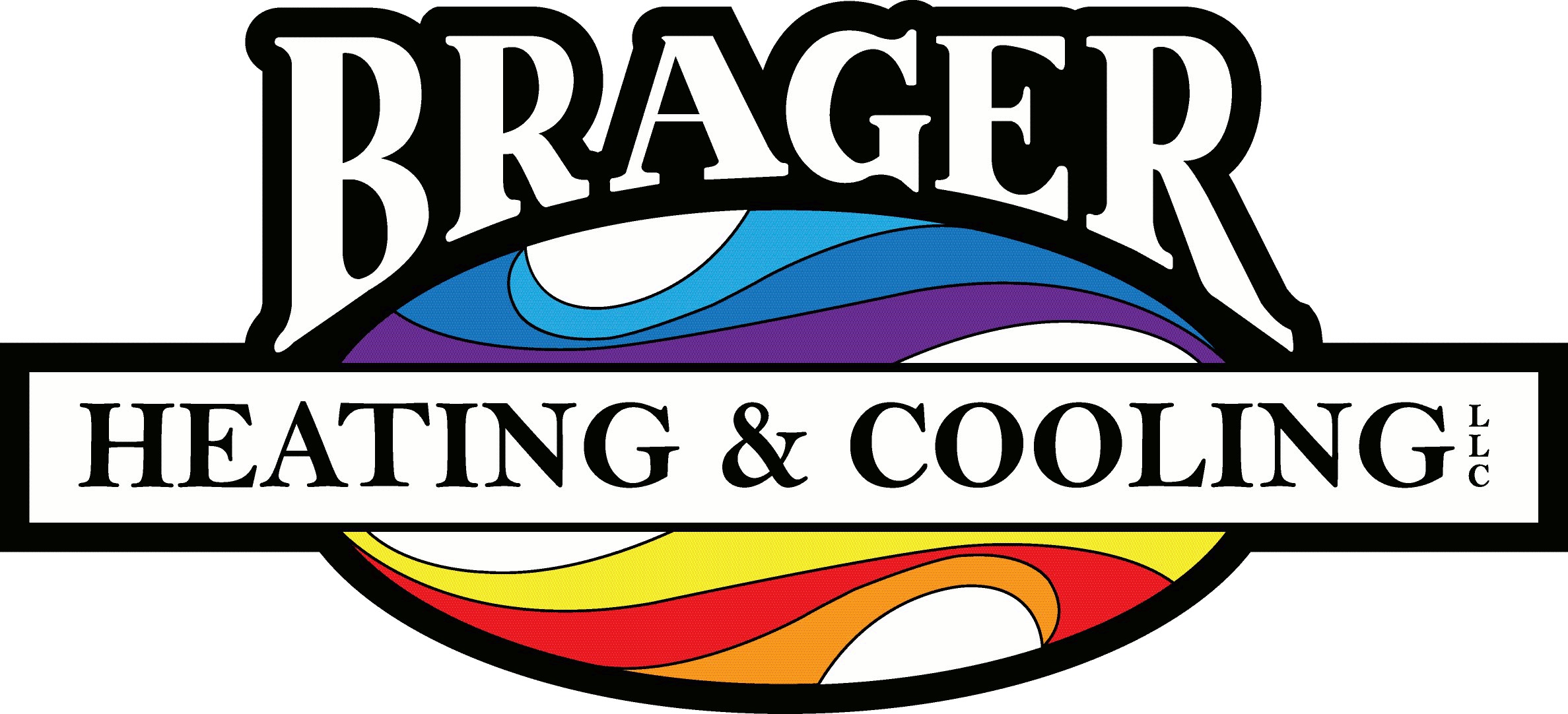
If you’re needing air conditioner installation in Mount Horeb, you should also be considering your new air conditioner’s SEER rating.
SEER means Seasonal Energy Efficiency Rating. Basically, it gauges how efficient your air conditioner is at converting electricity into cold air. A high number means your air conditioner is more efficient, which is excellent for your electrical expenses.
However, there are a lot of different options on the market for air conditioners. And a greater SEER ranking usually includes a higher price. So, how can you determine which one is best for your residence?
At JW Brager Heating and Cooling, we offer a free, no-pressure home comfort analysis. You can schedule one by contacting us at 608-447-0555. Our knowledgeable air conditioner installers will work with you to help you choose the right air conditioner for your home. Plus, they’ll also provide you with a free, no-obligation estimate.
For the time being, let’s review SEER ratings and how they can affect your home’s comfort. And your energy expenses.
What Does the SEER Rating Really Matter?
In 2016, the federal government made new SEER guidelines. New air conditioners are required to be at baseline 13 SEER in the north United States and 14 SEER in the southeast and southwest. If you don’t know when you had your air conditioner installed or what its SEER rating is, you can check the sticker on the system outside your residence. If you can’t see the sticker, you can give us a call at 608-447-0555 for help.
If your air conditioner was replaced prior to that date, it’s likely much less efficient. Cooling technology has quickly changed in the past several years, with major advances in energy efficiency and smart home compatibility. Connecting your new air conditioner with a smart thermostat could help you save even more on electrical expenses, as the thermostat can intuitively manage your temperature settings when you’re out.
If your existing air conditioner has a SEER rating between 8 and 10, getting a 14-SEER system could save you an estimated 30–50% on annual electricity bills. Your savings are contingent upon your air conditioner size and your thermostat settings.
Is a Higher SEER Rating Always Better?
An air conditioner with a higher SEER rating will be more efficient at consuming electricity for cooling. The best efficient systems, which can go as great as 26 SEER, include ENERGY STAR® certification. This certification means the air conditioner meets EPA requirements for energy savings and environmental conservation.
While ENERGY STAR air conditioners are frequently more expensive, you’ll normally get the difference repaid over time through lower electrical expenses. These air conditioners, which are frequently rated 16 SEER and up, need about 8% less electricity than other new systems, according to ENERGY STAR.
One of the biggest differences between a 14 SEER and 16 SEER is variable-speed capability. A variable-speed air conditioner can operate at varying speeds. This fine-tunes comfort for your home while keeping your utility bills down. It can also keep temperatures and humidity more consistent, since it can go for longer without needing a lot more power.
When buying a variable-speed air conditioner, you’ll have to ensure that your furnace or air handler is compatible. This is since your air conditioner uses this unit’s blower to send cold air throughout your home. Furnaces only last for around 20 years, so if yours is around that age, we recommend furnace installation at the same time so you can receive all the advantages of your variable-speed air conditioner.
When you’re set to replace your air conditioner, the cooling professionals at JW Brager Heating and Cooling are available to help. Reach us at 608-447-0555 to request your free home comfort analysis right away.
